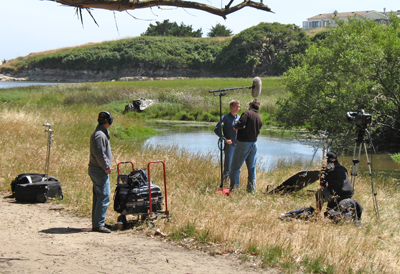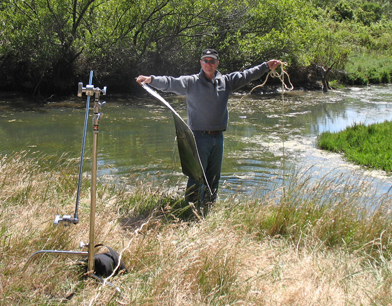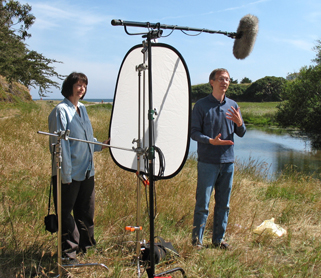History Channel Appearance — Next Tuesday!
Thursday, August 20th, 2009
The episode of “The Universe” on which I will appear — though probably only briefly — has now been scheduled! It will have its first showing on the History Channel at 9:00 pm (8:00 pm Central time) on the History Channel. For those people who don’t get the History Channel, I think that it will also be available on the Web. Go to the main page for “The Universe” and click on “Watch Full Episodes.”
The title of the episode is “The Day the Moon was Gone.” It looks at various scenarios for what Earth would be like if we had no moon. What if we had never had a moon? What if the moon suddenly disappeared?
Also, for those of you who missed my first appearance on ”The Universe” in 2007, they are re-running that episode (simply called “The Moon”) just before the new one — 8:00 Eastern time, 7:00 Central.
If you have been following my blog entries — this one, this one, and this one – you know already that I have some concerns about the upcoming episode. I have not yet seen the episode, but I am worried that the show is going to exaggerate certain claims. Some ideas might be presented or emphasized not because they are good science, but because they are good TV. After the show has aired, please feel free to ask me what I think is good science, what is doubtful, and what is just plain bogus. Keep in mind, though, that anything I say is just one person’s opinion! I can be wrong, too.
By the way, I have no such reservations about the earlier episode. On the whole I think that the History Channel (or really, Flight 33 Productions, which has produced all the episodes of “The Universe” except one) did a really nice job with that episode, and I am proud to have appeared on it.


